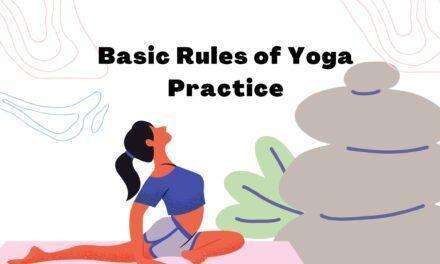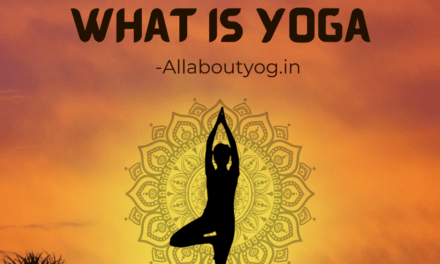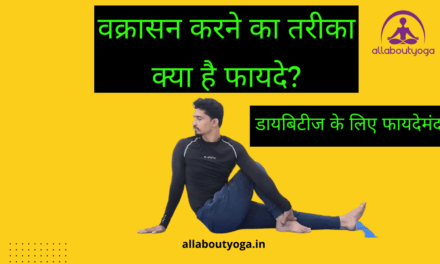Preview:
Padmasana or popularly called “Lotus pose” is an excellent Asana for doing meditation and has immense benefits as well.
The reason why this pose is called Padmasan is that in this Asana, the positioning of hands and legs form a shape which resembles the petals of the Lotus. There this pose is called “Padmasana”.
Contra-Indications or Precautions:
Those having knee pain and stiff ankle joints should avoid complete Padmasana, instead of Complete Padmasan do a preparatory pose like “Ardha Padmasana”(Half-Lotus Pose).
The technique of doing Padmasana is as below:
1. Take the initial relaxing position by Sitting on the floor with legs separated
2. Join Both legs in the center, and fold the right leg and put it on the floor on the right side.
3. Then with both hands lift the right foot and place it on the left thigh such as the right left heel is closer to the left hip bone and the foot sole is facing upwards.
4. Now if you just fold the left leg and place it below the Right thigh it becomes Half Lotus pose. But to do Padmasana we need to place the left leg on the right thigh similar to the right leg.
5. Then place your hands on the knees in a cup shape and close your eyes and observe your breathing.
6. To come out of Padmasana, open your eyes and first release your left leg and make it straight and then release your right leg and relax in the initial relaxing position.
Benefits of Padmasana are as below:
1. Regular and long practice of this Asana steadies the mind
and reduces its tendency to wander.
2. Owing to the improved blood circulation in the abdominal
and lower abdominal regions, the functioning of the digestive and excretory systems is improved.
3. One forms the habit of keeping the spinal column straight.
Minor defects of the spine are corrected.
4. The nerves in the waist region and those of the spinal
column below the waist (coccygeal and sacral nerves) are
invigorated.
5. In Padmasana, the nerves are relaxed, the mind is at peace and the breathing gets deeper and steadier which leads to emotional balance. This Asana is, therefore, considered excellent for meditation. However, there is a note of caution, especially for those who do meditation or Pranayama in Padmasana. In Padmasana, you may feel you can sit for a long time, but while releasing it or after releasing it, you may experience pain or an uneasy sensation. Hence, you
should be always conscious of your capacity as to how long
You can sit in Padmasana and make sure that you are not exceeding your capacity.
6. The joints of the ankles and knees become flexible and the
functioning of the muscles thereabout is improved.








